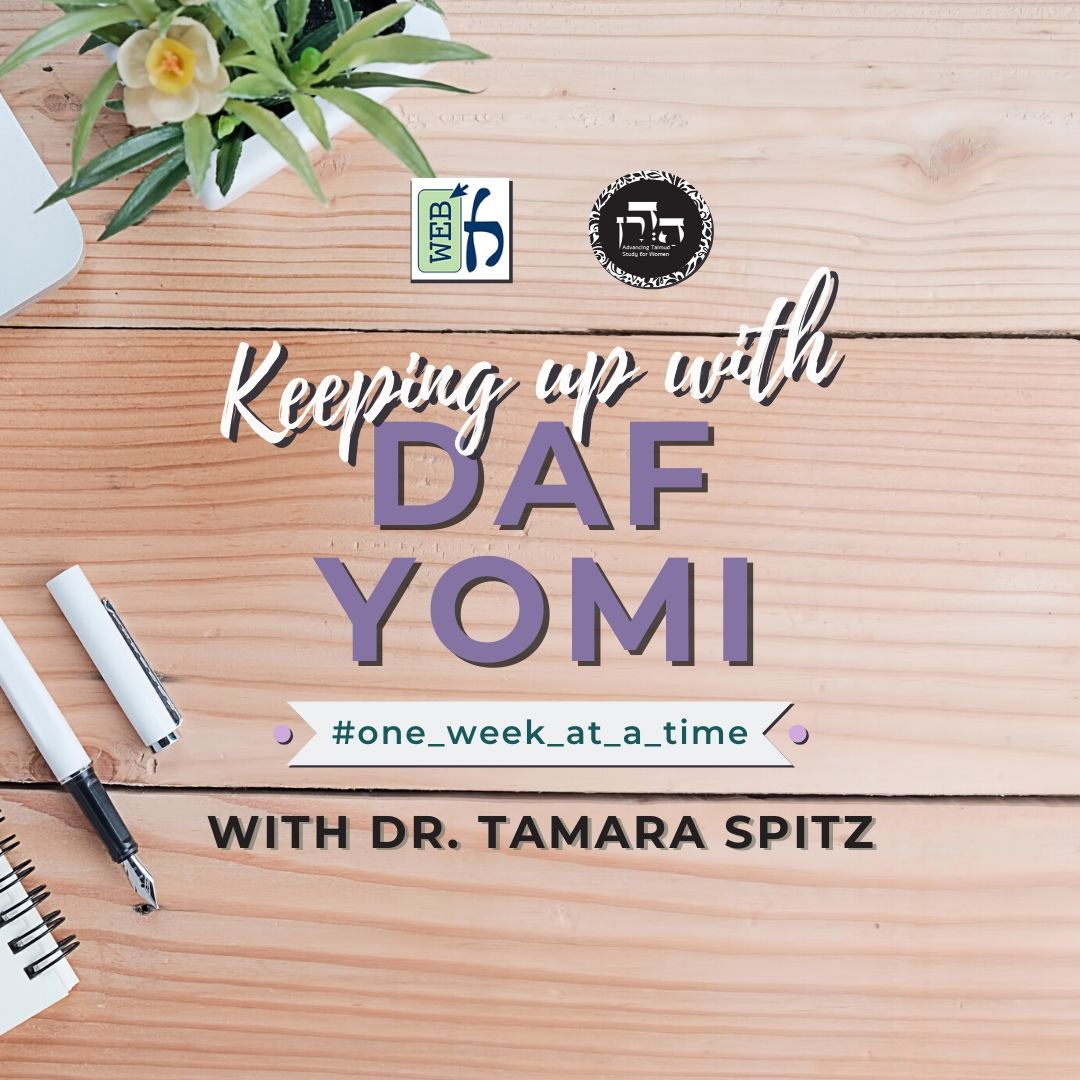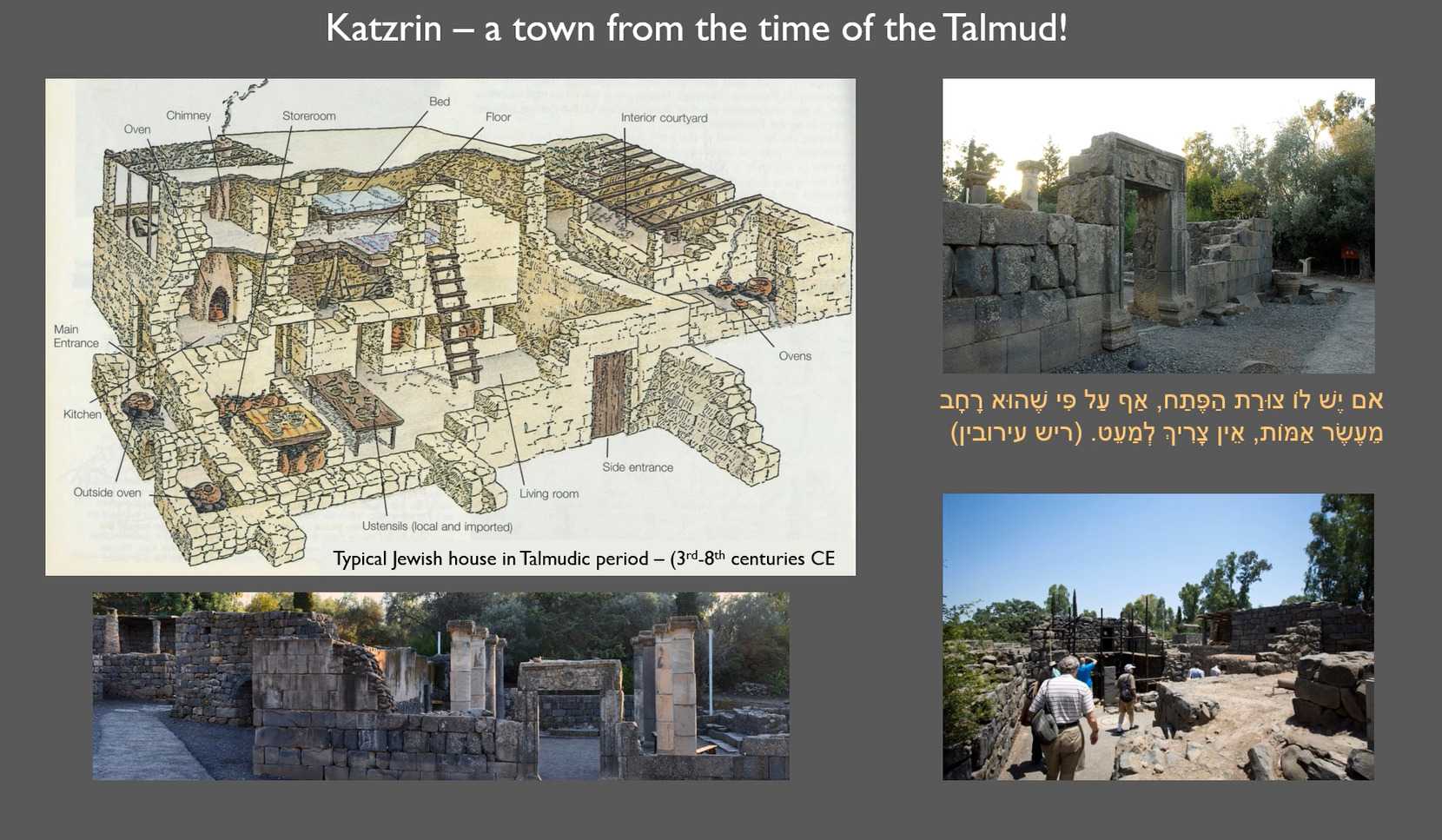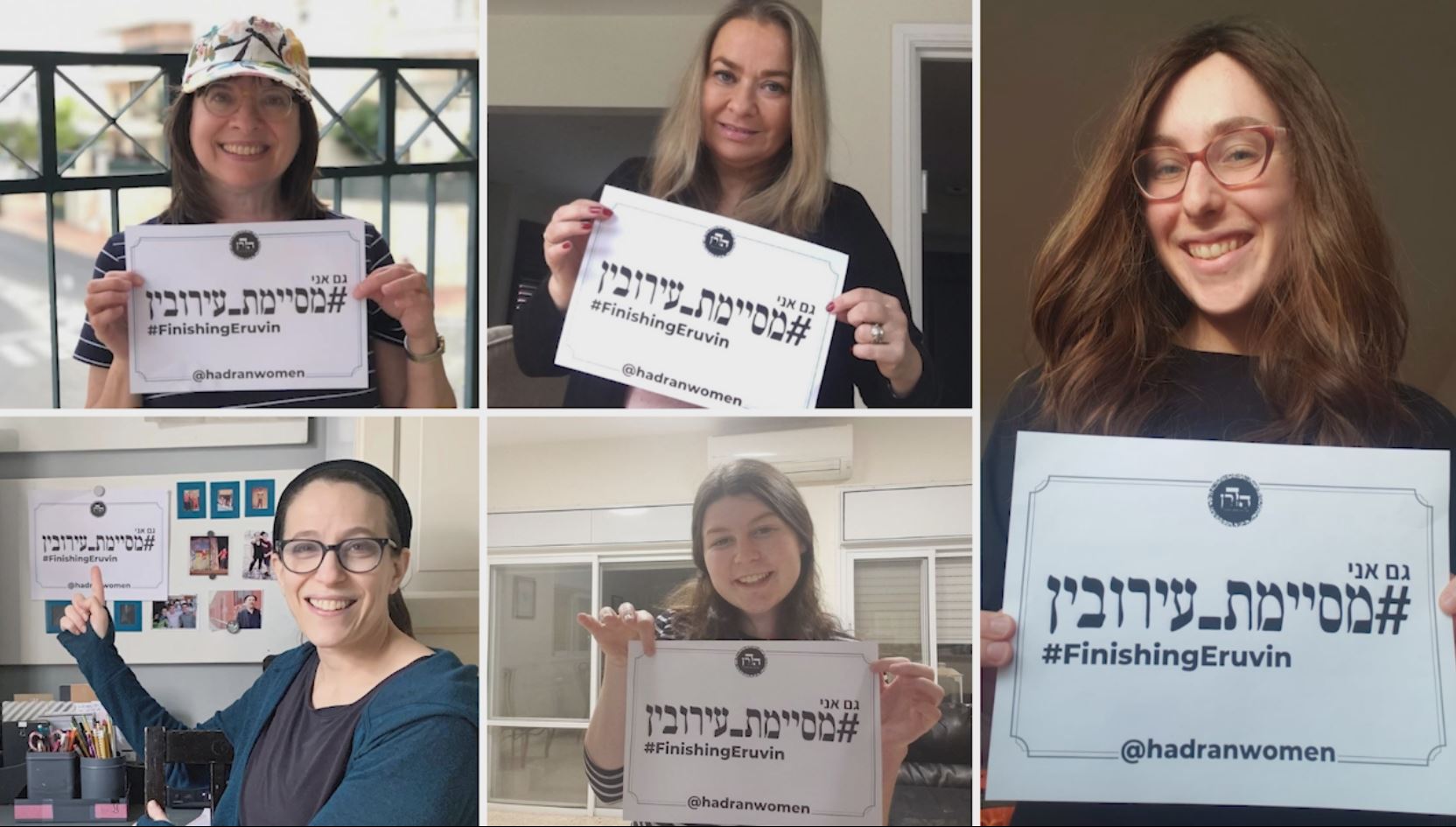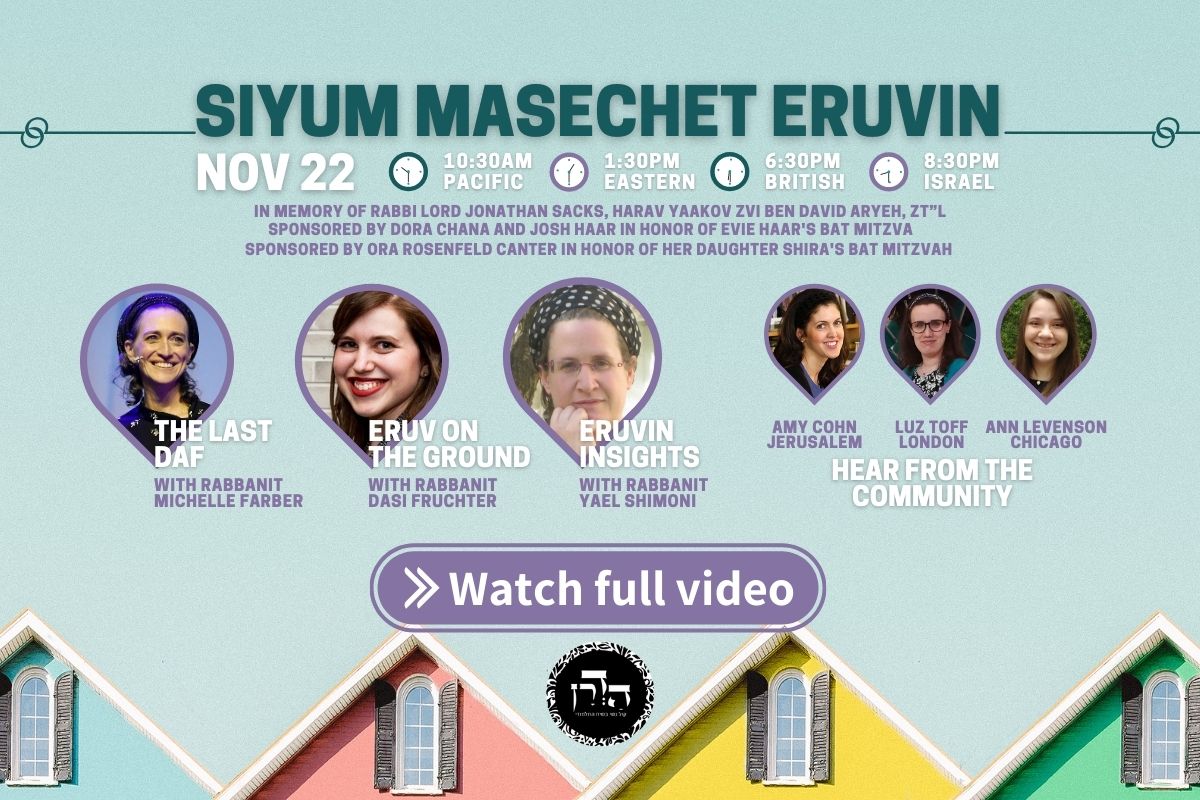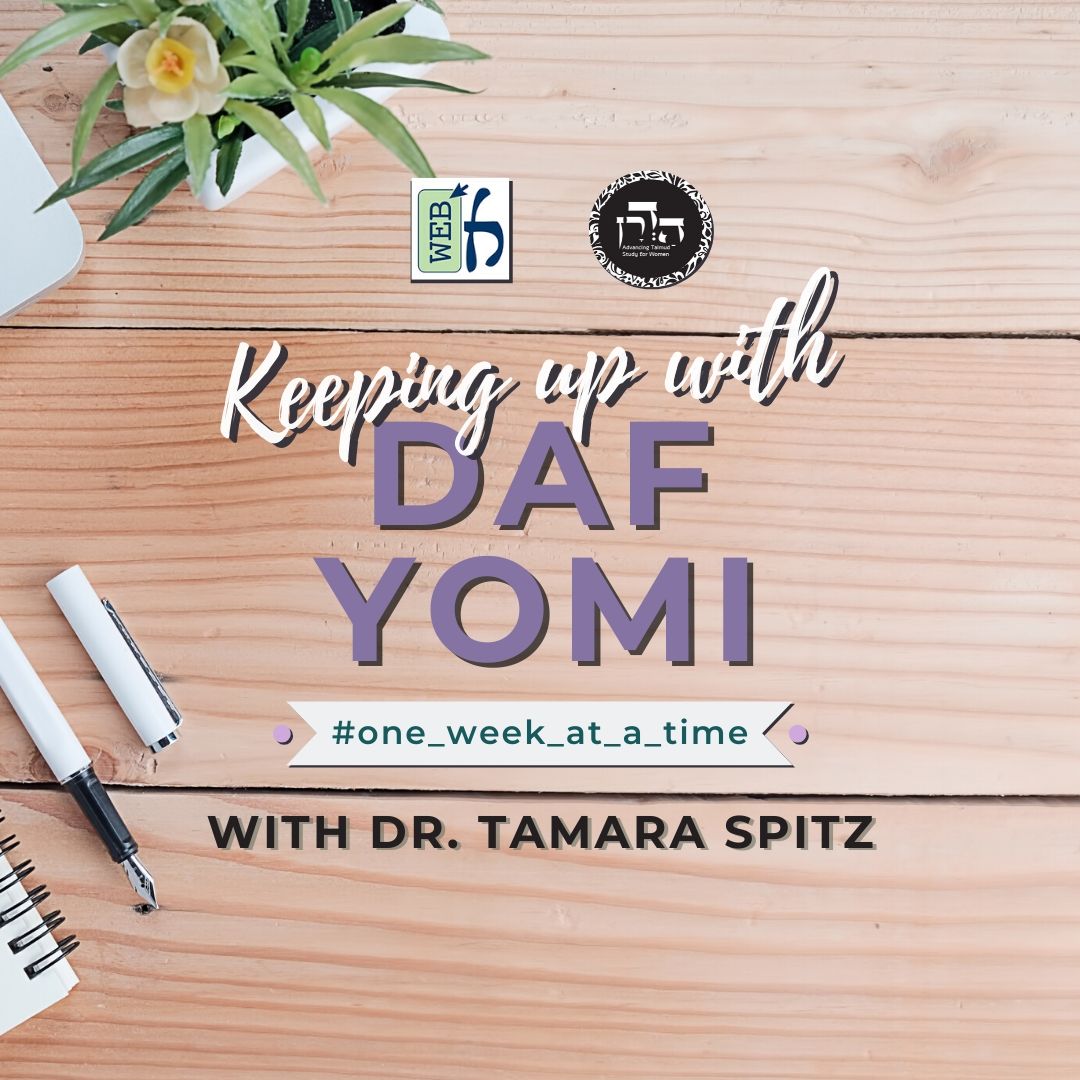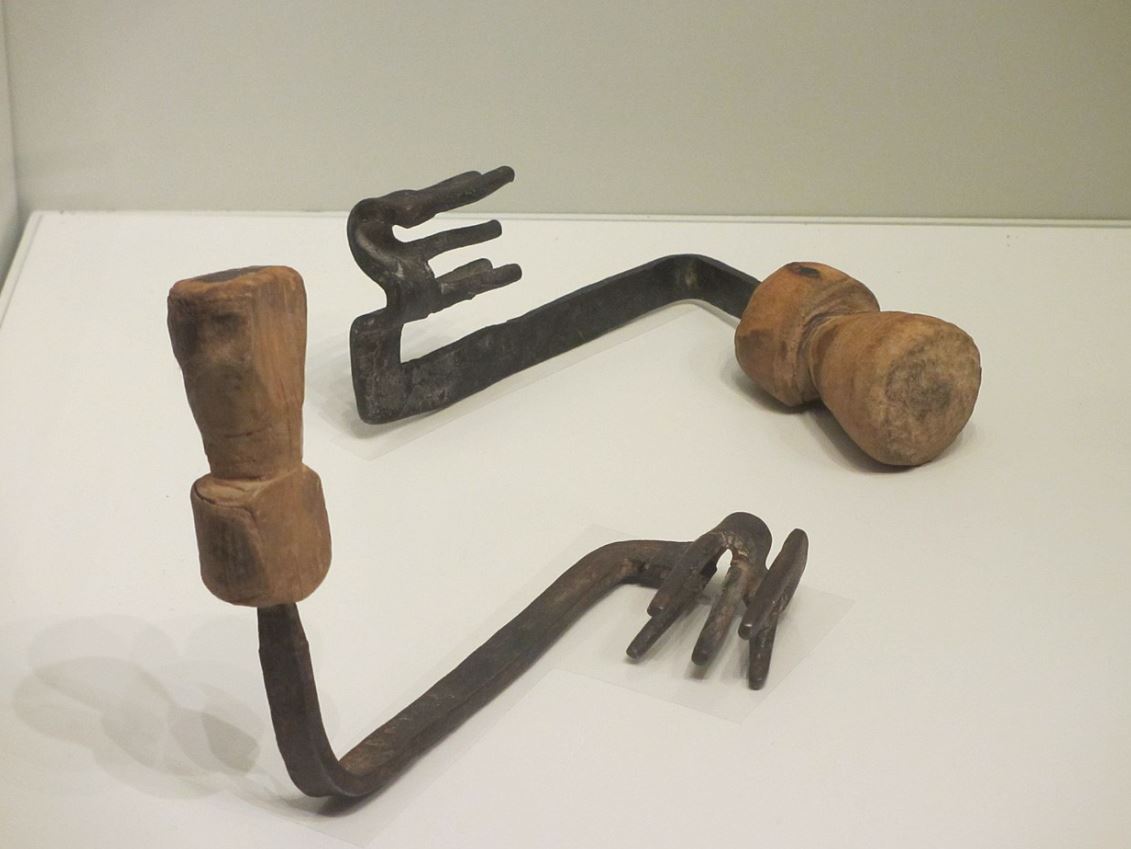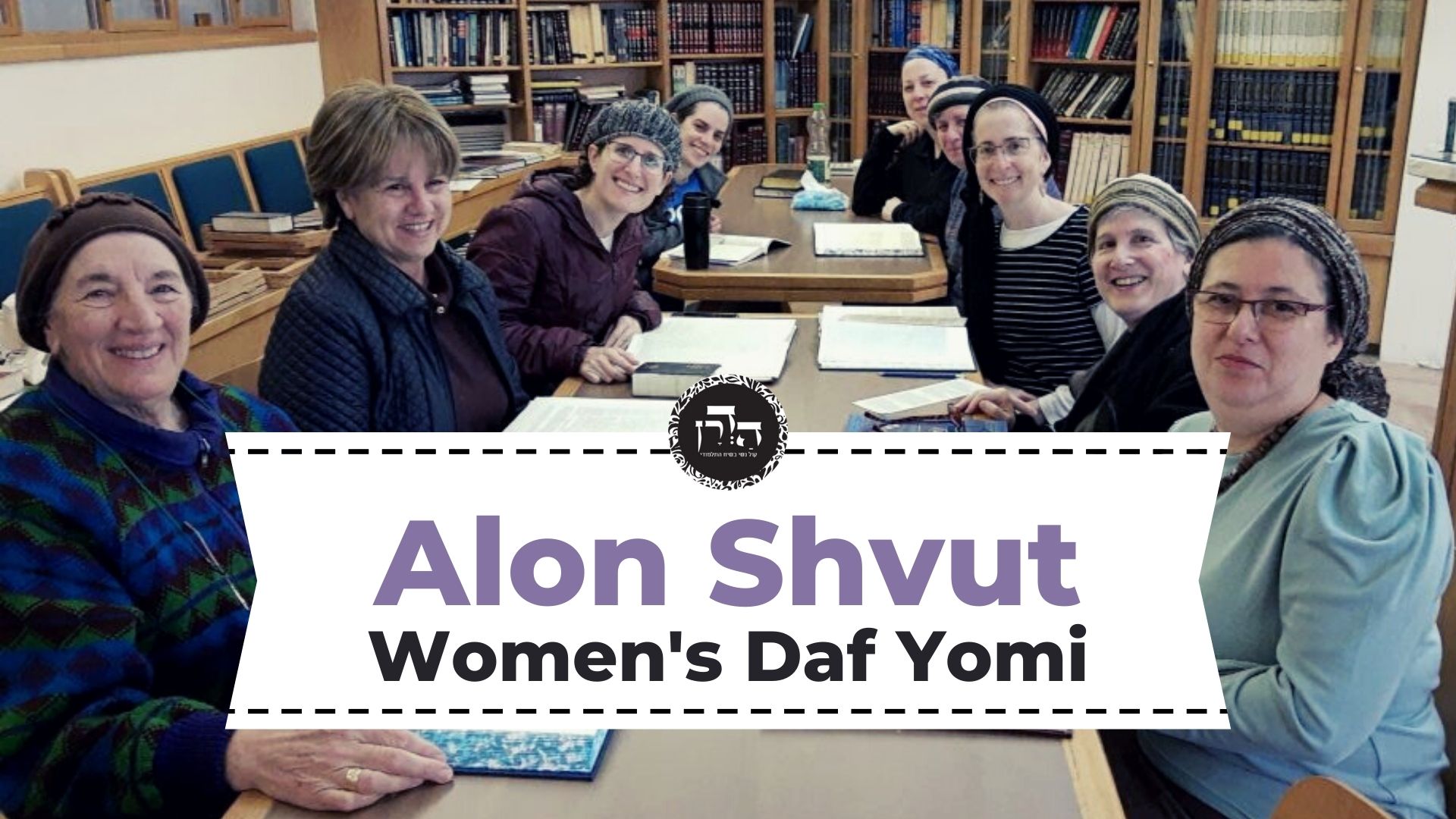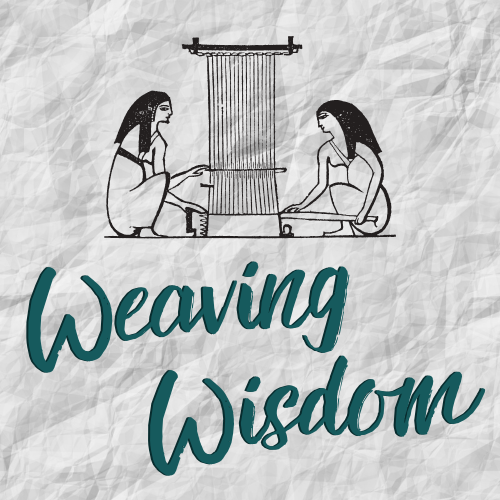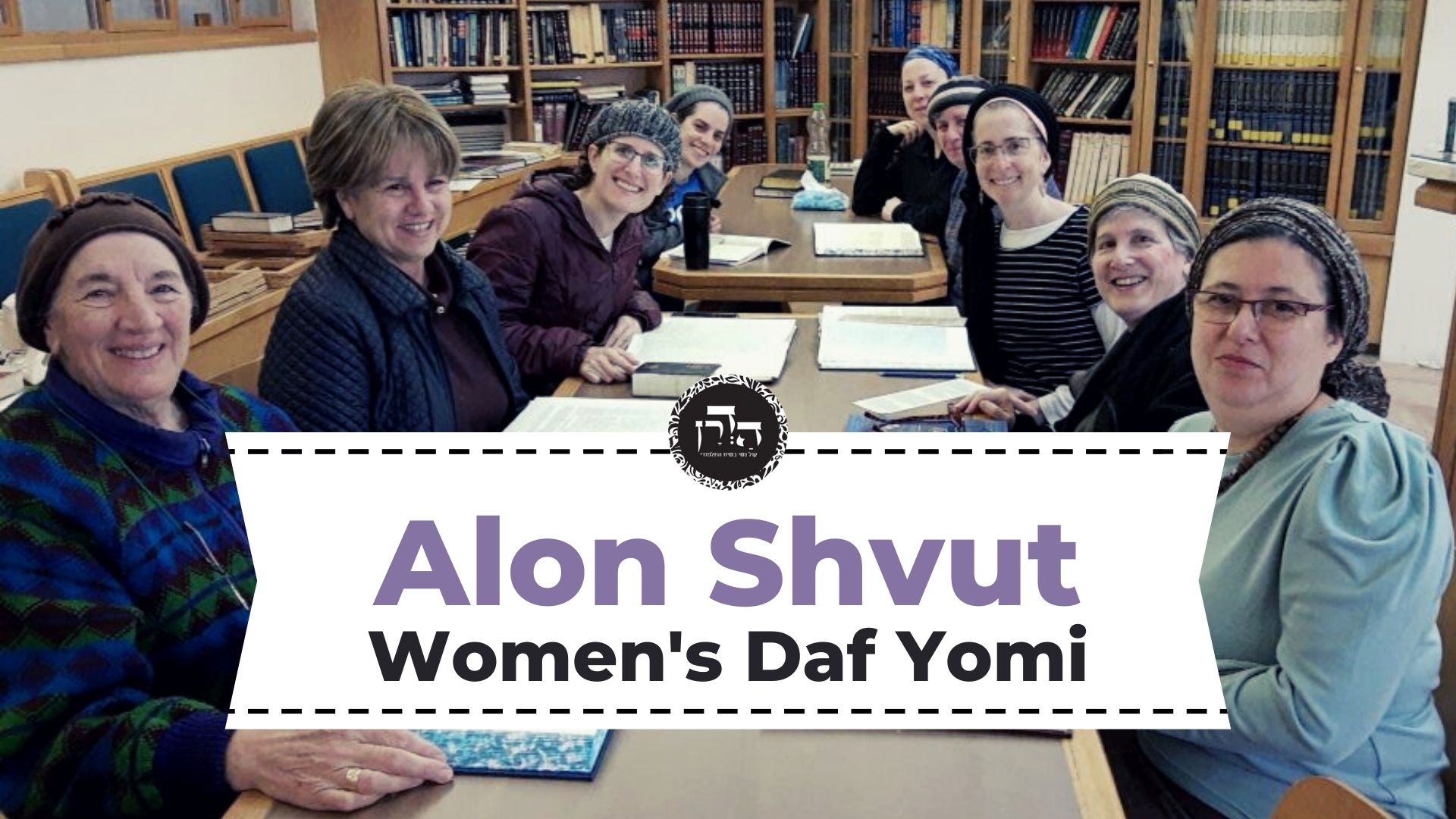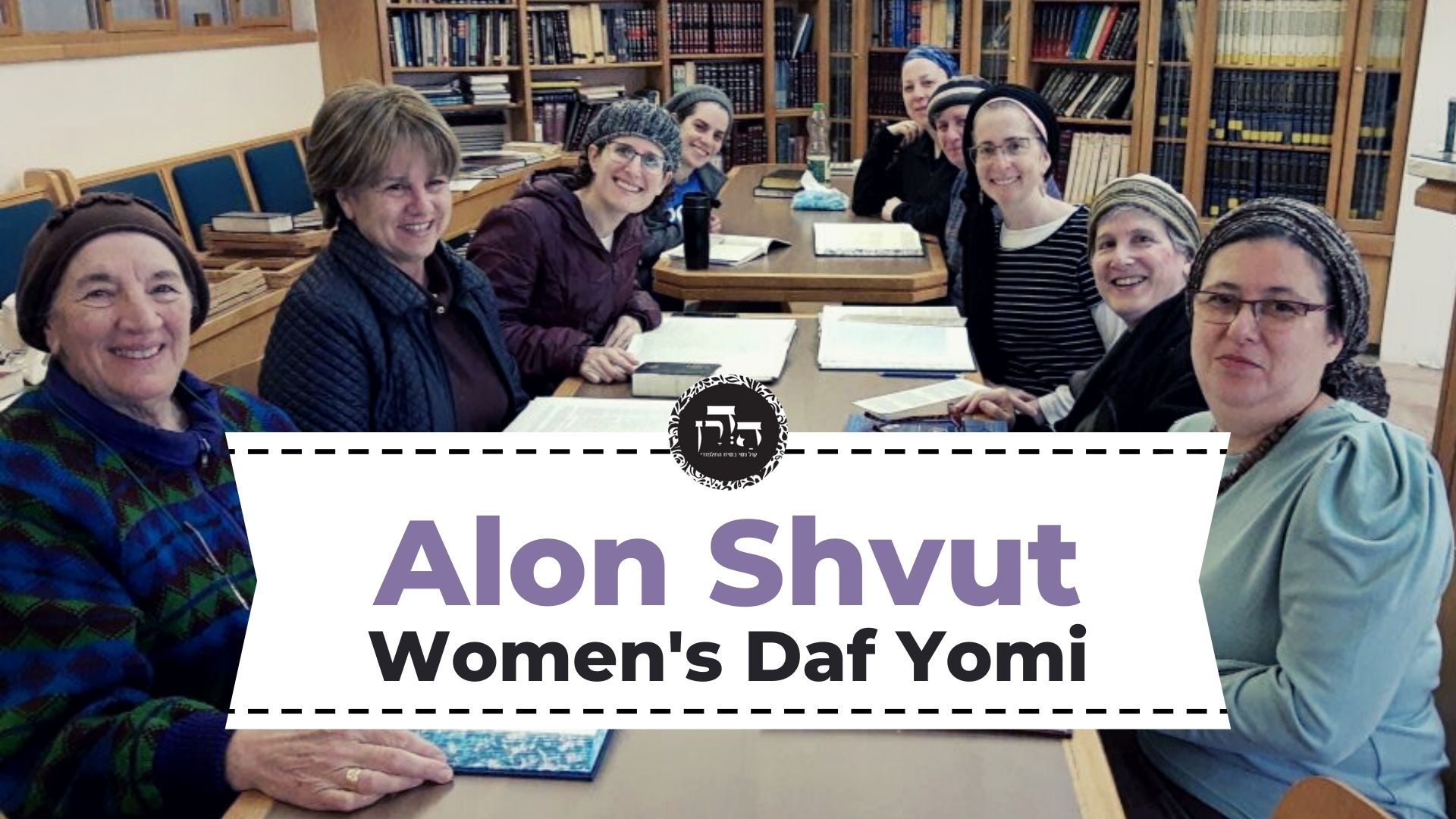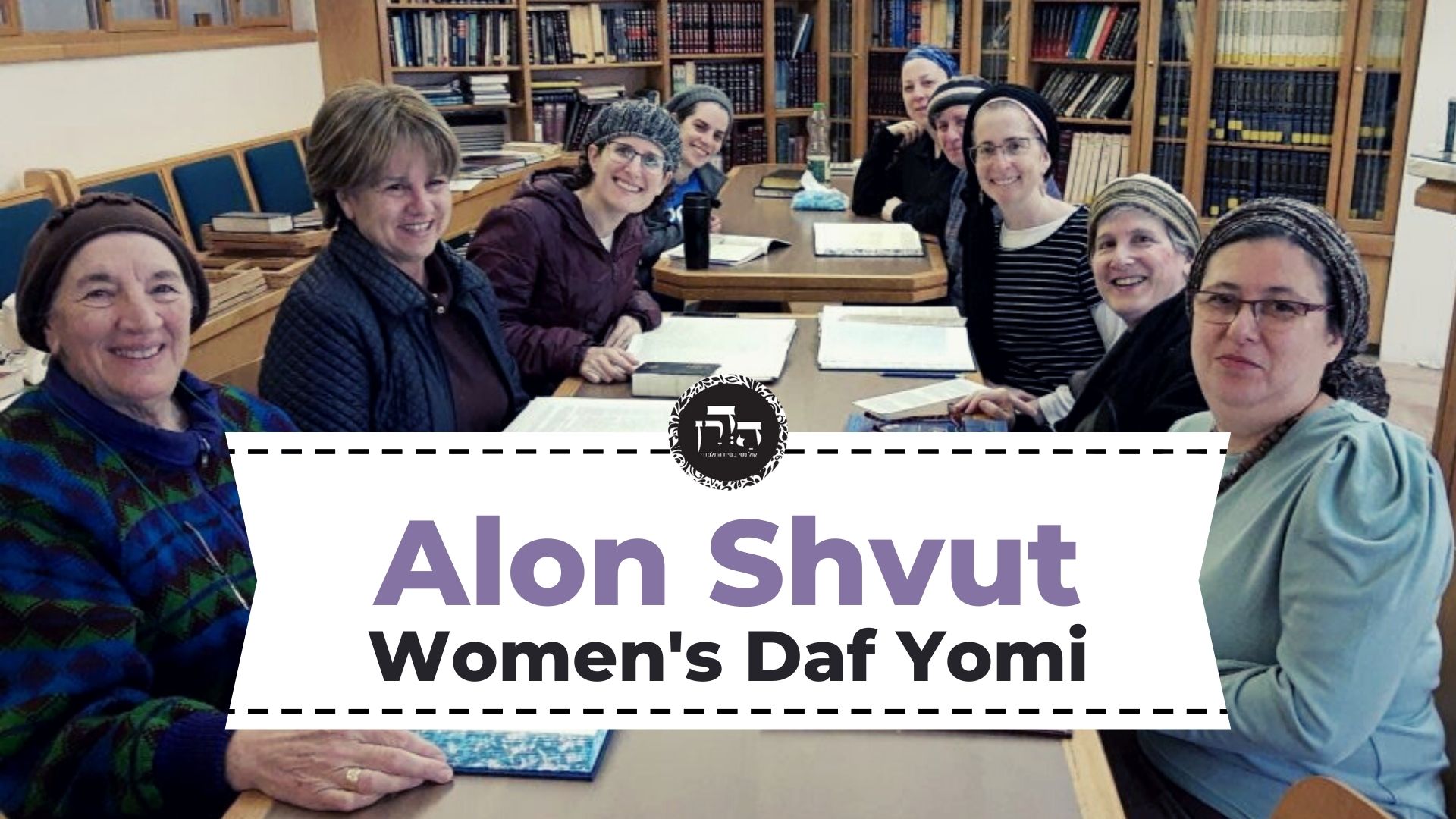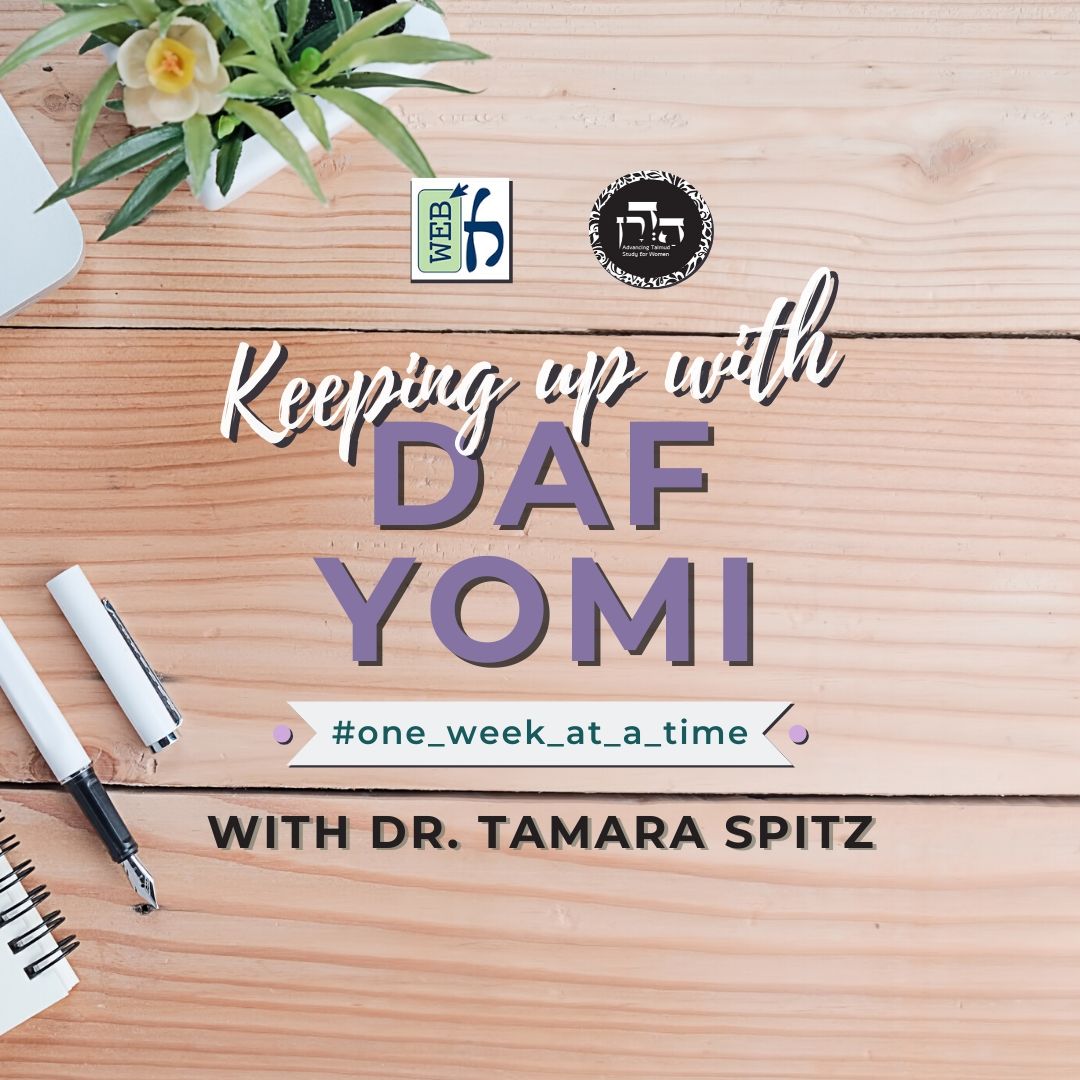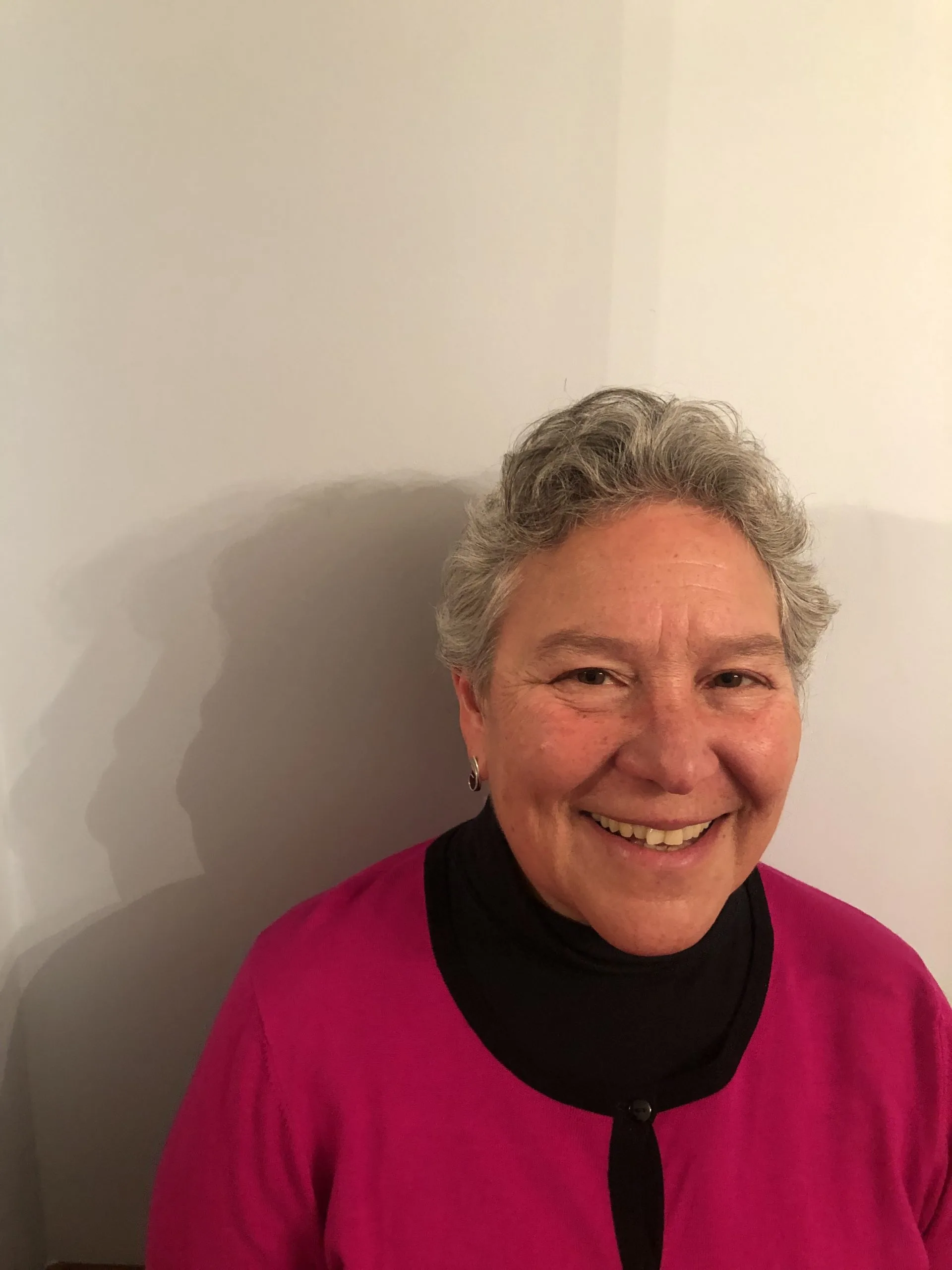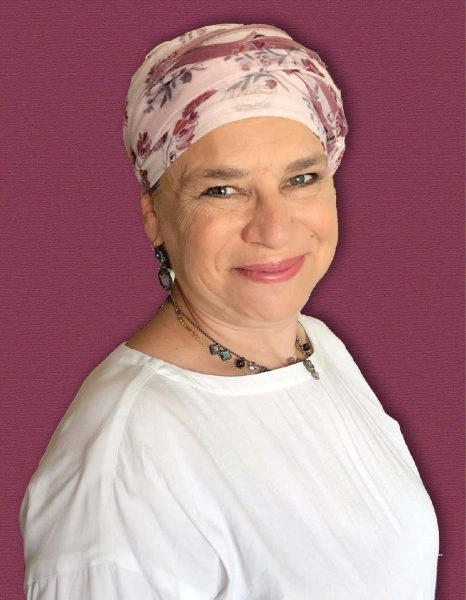Eruvin 97
אֶחָד חֲדָשׁוֹת וְאֶחָד יְשָׁנוֹת, דִּבְרֵי רַבִּי מֵאִיר. רַבִּי יְהוּדָה אוֹסֵר בַּחֲדָשׁוֹת וּמַתִּיר בִּישָׁנוֹת. אַלְמָא מָר סָבַר טָרַח אִינִישׁ, וּמָר סָבַר לָא טָרַח אִינִישׁ.
and whether the phylacteries are new or old; this is the statement of Rabbi Meir. Rabbi Yehuda prohibits carrying new phylacteries but permits carrying old ones. Apparently, one Sage, Rabbi Yehuda, holds that a person exerts himself to fashion an amulet that looks like phylacteries, and one Sage, Rabbi Meir, holds that a person does not exert himself for this purpose, and therefore something that has the appearance of phylacteries must be phylacteries.
(שיצ״י עצב״י סִימָן.) וְהַשְׁתָּא דְּתָנֵי אֲבוּהּ דִּשְׁמוּאֵל בַּר רַב יִצְחָק: אֵלּוּ הֵן יְשָׁנוֹת — כֹּל שֶׁיֵּשׁ בָּהֶן רְצוּעוֹת וּמְקוּשָּׁרוֹת, חֲדָשׁוֹת — יֵשׁ בָּהֶן רְצוּעוֹת וְלֹא מְקוּשָּׁרוֹת. דְּכוּלֵּי עָלְמָא לָא טָרַח אִינִישׁ.
Shin, yod, tzadi, yod, ayin, tzadi, beit, yod is a mnemonic for the statements that follow. The Gemara adds: And now that the father of Shmuel bar Rav Yitzḥak has taught that these are deemed old phylacteries: Any that have straps that are permanently tied in the manner of phylacteries, and new phylacteries are those that have straps that are not tied, the conclusion is that everyone agrees that a person does not exert himself to fashion an amulet similar to phylacteries or string-like ritual fringes. They disagree with regard to new phylacteries that are not tied properly and cannot be donned in a manner typical of a weekday. The reason is that tying a permanent knot on Shabbat is prohibited by Torah law. Therefore, these phylacteries may not be donned, and Rabbi Zeira’s opinion is accepted.
וְלִיעְנְבִינְהוּ מִיעְנָב! אָמַר רַב חִסְדָּא: זֹאת אוֹמֶרֶת, עֲנִיבָה פְּסוּלָה בִּתְפִילִּין.
The Gemara asks a question with regard to Rabbi Yehuda’s opinion that new phylacteries may not be brought into town because they lack a permanent knot: Why must one tie the phylacteries with a knot? Let him simply tie a bow, which is not prohibited on Shabbat, and place the phylacteries on his head and arm in that manner. Rav Ḥisda said: That is to say that a bow is invalid for phylacteries, as a proper knot is required.
אַבָּיֵי אָמַר: רַבִּי יְהוּדָה לְטַעְמֵיהּ, דְּאָמַר: עֲנִיבָה קְשִׁירָה מְעַלַּיְיתָא הִיא.
Abaye said: This is not the correct interpretation. Rather, Rabbi Yehuda conforms to his standard line of reasoning, as he said: A bow is a full-fledged knot, and it is prohibited to tie it on Shabbat by Torah law.
טַעְמָא דַּעֲנִיבָה קְשִׁירָה מְעַלַּיְיתָא הִיא, הָא לָאו הָכִי — עָנֵיב לְהוּ, וְהָאָמַר רַב יְהוּדָה בְּרֵיהּ דְּרַב שְׁמוּאֵל בַּר שִׁילַת מִשְּׁמֵיהּ דְּרַב: קֶשֶׁר שֶׁל תְּפִילִּין הֲלָכָה לְמֹשֶׁה מִסִּינַי הוּא, וְאָמַר רַב נַחְמָן: וְנוֹיֵיהֶן לְבַר!
The Gemara asks: The reason that it is prohibited to tie a bow is that a bow is a full-fledged knot. If that were not so, one could tie the phylacteries with a bow. But didn’t Rav Yehuda, son of Rav Shmuel bar Sheilat, say in the name of Rav: The form of the permanent knot of phylacteries is a halakha transmitted to Moses from Sinai; and Rav Naḥman said: And their decorative side, the side of the knot where the shape of the letter appears, must face outward. Apparently, a bow does not suffice for phylacteries, as an actual knot is required.
דְּעָנֵיב לְהוּ כְּעֵין קְשִׁירָה דִידְהוּ.
The Gemara rejects this contention: It is referring to a case where one tied a bow similar in form to a permanent knot, without actually tying a permanent knot.
אָמַר רַב חִסְדָּא אָמַר רַב: הַלּוֹקֵחַ תְּפִילִּין מִמִּי שֶׁאֵינוֹ מוּמְחֶה — בּוֹדֵק שְׁתַּיִם שֶׁל יָד וְאַחַת שֶׁל רֹאשׁ, אוֹ שְׁתַּיִם שֶׁל רֹאשׁ וְאַחַת שֶׁל יָד.
Rav Ḥisda said that Rav said: One who purchases a large quantity of phylacteries from one who is not an expert, i.e., a person who has not proven to be a reliable manufacturer of phylacteries, the purchaser examines two phylacteries of the arm and one of the head, or two of the head and one of the arm, to see if they are valid and the individual reliable. If the three phylacteries are found to be valid upon examination, the seller is considered an expert and the rest of the phylacteries are presumed valid as well.
מָה נַפְשָׁךְ: אִי מֵחַד גַּבְרָא קָא זָבֵין, לִבְדּוֹק אוֹ שָׁלֹשׁ שֶׁל יָד אוֹ שָׁלֹשׁ שֶׁל רֹאשׁ.
The Gemara asks: Whichever way you look at it, this ruling is problematic: If the buyer purchased all of the phylacteries from one person, who acquired them from somebody else, let him examine three phylacteries of the arm or three of the head, in accordance with the principle that presumptive status is established after three instances.
אִי מִתְּרֵי תְּלָתָא גַּבְרֵי זָבֵין, כׇּל חַד וְחַד לִיבְעֵי בְּדִיקָה. לְעוֹלָם מֵחַד גַּבְרָא זָבֵין, וּבָעֵינַן דְּמִיתְמַחֵי בְּשֶׁל יָד וּבְשֶׁל רֹאשׁ.
If he purchased the phylacteries from two or three people, each and every one of the phylacteries should require examination. The presumptive status of one pair of phylacteries does not apply to the others, as they might have been produced by a different person. The Gemara answers: Actually, this refers to a case where the buyer bought the phylacteries from one person, and we require that the seller prove himself to be an expert with regard to both the phylactery of the arm and the phylactery of the head.
אִינִי?! וְהָא תָּנֵי רַבָּה בַּר שְׁמוּאֵל: בִּתְפִילִּין בּוֹדֵק שָׁלֹשׁ שֶׁל יָד וְשֶׁל רֹאשׁ, מַאי לָאו אוֹ שָׁלֹשׁ שֶׁל יָד אוֹ שָׁלֹשׁ שֶׁל רֹאשׁ! לָא: שָׁלֹשׁ, מֵהֶן שֶׁל יָד מֵהֶן שֶׁל רֹאשׁ.
The Gemara asks: Is that so? Didn’t Rabba bar Shmuel teach that with regard to phylacteries one examines three of the arm and three of the head? What, is it not that he examines either three phylacteries of the arm or three of the head? The Gemara rejects this explanation: No, it means that he examines three phylacteries in total, among them phylacteries of the arm and among them phylacteries of the head, as stated by Rav Ḥisda in the name of Rav.
וְהָתָנֵי רַב כָּהֲנָא: בִּתְפִילִּין בּוֹדֵק שְׁתַּיִם שֶׁל יָד וְשֶׁל רֹאשׁ! הָא מַנִּי רַבִּי הִיא, דְּאָמַר: בִּתְרֵי זִימְנֵי הָוֵי חֲזָקָה.
The Gemara asks: But didn’t Rav Kahana teach that with regard to phylacteries one examines two of the arm and two of the head? This statement certainly contradicts Rav’s opinion. The Gemara explains: In accordance with whose opinion is this halakha? It is the opinion of Rabbi Yehuda HaNasi, who said: Presumptive status is established by two times. Although most Sages maintain that it takes three instances to establish a presumptive status, Rabbi Yehuda HaNasi rules that two cases suffice. Consequently, in the case of phylacteries, it is sufficient to examine two.
אִי רַבִּי, אֵימָא סֵיפָא: וְכֵן בַּצֶּבֶת הַשֵּׁנִי, וְכֵן בַּצֶּבֶת הַשְּׁלִישִׁי. וְאִי רַבִּי — שְׁלִישִׁי מִי אִית לֵיהּ?
The Gemara asks: If this ruling is in accordance with the opinion of Rabbi Yehuda HaNasi, say the latter clause of that same baraita as follows: And he must likewise examine the second bundle of phylacteries, and likewise the third bundle. And if it is in accordance with Rabbi Yehuda HaNasi’s opinion, is he of the opinion that a third examination is necessary? Rabbi Yehuda HaNasi does not require a third examination to establish a presumptive status, as he maintains that the examination of two bundles suffices.
מוֹדֶה רַבִּי בִּצְבָתִים, דְּמִתְּרֵי תְּלָתָא גַּבְרֵי זָבֵין. אִי הָכִי אֲפִילּוּ רְבִיעִי נָמֵי, וַאֲפִילּוּ חֲמִישִׁי נָמֵי!
The Gemara answers: Rabbi Yehuda HaNasi concedes with regard to bundles, as one buys them from two or three different people. It can be assumed that the various bundles of phylacteries were not all manufactured by the same person. Consequently, the validity of one bundle does not establish a presumption with regard to another. The Gemara asks: If so, even the fourth bundle must be examined as well, and even the fifth as well. If the bundles were bought from different manufacturers, every one of them requires examination, not only the third.
אִין הָכִי נָמֵי. וְהַאי דְּקָתָנֵי שְׁלִישִׁי לְאַפּוֹקֵי מֵחֶזְקֵיהּ, וּלְעוֹלָם אֲפִילּוּ רְבִיעִי וַחֲמִישִׁי נָמֵי.
The Gemara answers: Yes, it is indeed so; this is how one must proceed. And the reason that Rabbi Yehuda HaNasi teaches three bundles rather than four or five is to exclude the third bundle from its presumptive status. By stating that the third bundle must be examined, Rabbi Yehuda HaNasi indicates that in this case two examinations do not establish a presumption; rather, all of the bundles must be checked. And actually, even the fourth and fifth bundles require examination as well.
מְצָאָן צְבָתִים אוֹ כְרִיכוֹת וְכוּ׳. מַאי צְבָתִים וּמַאי כְּרִיכוֹת? אָמַר רַב יְהוּדָה אָמַר רַב: הֵן הֵן צְבָתִים, הֵן הֵן כְּרִיכוֹת. צְבָתִים — זָוֵוי זָוֵוי, כְּרִיכוֹת — דִּכְרִיכָן טוּבָא.
It was stated in the mishna that if one finds phylacteries tied in bundles or in wrapped piles, he sits there and waits with them until dark and then brings them in. The Gemara asks: What is the meaning of bundles in this context, and what is meant by wrapped piles? Rav Yehuda said that Rav said: The same types of objects are called bundles, and they are also called wrapped piles, i.e., both contain more than one pair of phylacteries. Bundles consist of many pairs of phylacteries arranged in pairs [zuvei] of a head phylactery with an arm phylactery, whereas wrapped piles indicates that many phylacteries are wrapped together in no particular arrangement.
מַחְשִׁיךְ עֲלֵיהֶן וּמְבִיאָן. וְאַמַּאי? לְעַיְּילִינְהוּ זוּג זוּג! אָמַר רַב יִצְחָק בְּרֵיהּ דְּרַב יְהוּדָה: לְדִידִי מִיפָּרְשָׁא לֵיהּ מִינֵּיהּ דְּאַבָּא, כׇּל שֶׁאִילּוּ מַכְנִיסָן זוּג זוּג וְכָלוֹת קוֹדֶם שְׁקִיעַת הַחַמָּה, מַכְנִיסָן זוּג זוּג. וְאִי לָא, מַחְשִׁיךְ עֲלֵיהֶן וּמְבִיאָן.
We learned in the mishna that one sits there and waits with them until dark and then brings them in. The Gemara asks: And why must he do that? Let him bring them in pair by pair. Rav Yitzḥak, son of Rav Yehuda, said: This matter was explained to me personally by my father as follows: Any instance where there are few enough phylacteries that were he to bring them in pair by pair he would finish before sunset, he brings them in pair by pair. But if not, i.e., if there are so many pairs of phylacteries that were he to bring them in one pair at a time he would not bring them all in before sunset, he waits there with all of them until dark and then brings them in.
וּבַסַּכָּנָה מְכַסָּן וְהוֹלֵךְ. וְהָתַנְיָא: וּבַסַּכָּנָה מוֹלִיכָן פָּחוֹת פָּחוֹת מֵאַרְבַּע אַמּוֹת! אָמַר רַב: לָא קַשְׁיָא: הָא — בְּסַכָּנַת גּוֹיִם, הָא — בְּסַכָּנַת לִסְטִים.
It was stated in the mishna that in a time of danger one covers the phylacteries and proceeds on his way. The Gemara asks: Wasn’t it taught in a different baraita: And in a time of danger he carries them less than four cubits at a time? The Gemara answers that Rav said: It is not difficult. In this mishna, which states that the finder covers the phylacteries, it is referring to the danger posed by gentiles, where the gentile authorities decreed against donning phylacteries and the finder is afraid to be seen carrying them. However, in that baraita, which teaches that one may carry them less than four cubits at a time, it is dealing with the danger posed by bandits [listim]. In that case he is afraid to remain there until dark, but he is not worried about taking the phylacteries with him. Consequently, he may carry them less than four cubits at a time.
אֲמַר לֵיהּ אַבָּיֵי: בְּמַאי אוֹקֵימְתָּא לְמַתְנִיתִין, בְּסַכָּנַת גּוֹיִם? אֵימָא סֵיפָא, רַבִּי שִׁמְעוֹן אוֹמֵר: נוֹתְנָן לַחֲבֵירוֹ, וַחֲבֵירוֹ לַחֲבֵירוֹ. כׇּל שֶׁכֵּן דְּאָוְושָׁא מִילְּתָא!
Abaye said to him: In what manner did you establish our mishna as dealing with the danger posed by gentiles? Say the latter clause of the mishna as follows: Rabbi Shimon says that one gives them to another and the other passes them to another. In that case, all the more so will the matter be conspicuous, and they should fear the decree issued by the gentiles.
חַסּוֹרֵי מִיחַסְּרָא, וְהָכִי קָתָנֵי: בַּמֶּה דְּבָרִים אֲמוּרִים — בְּסַכָּנַת גּוֹיִם, אֲבָל בְּסַכָּנַת לִיסְטִים — מוֹלִיכָן פָּחוֹת פָּחוֹת מֵאַרְבַּע אַמּוֹת.
The Gemara answers: The mishna is incomplete and is teaching the following: In what case is this statement that the finder covers the phylacteries said? It is where the concern is danger posed by gentiles. However, where the concern is danger posed by bandits, one carries them less than four cubits at a time. In that case Rabbi Shimon disagrees, maintaining that it is preferable that many people carry the phylacteries.
רַבִּי שִׁמְעוֹן אוֹמֵר: נוֹתְנָן לַחֲבֵירוֹ וְכוּ׳. בְּמַאי קָמִיפַּלְגִי? מָר סָבַר: פָּחוֹת מֵאַרְבַּע אַמּוֹת עָדִיף, דְּאִי אָמְרַתְּ נוֹתְנָן לַחֲבֵירוֹ וַחֲבֵירוֹ לַחֲבֵירוֹ — אָוְושָׁא מִלְּתָא דְּשַׁבָּת.
It is stated in the mishna that Rabbi Shimon says: One gives them to another and the other passes them to another. The Gemara asks: With regard to what principle do they disagree? One Sage, the first tanna, holds that having one person carrying the phylacteries less than four cubits at a time is preferable, as if you say that the finder gives them to another, and the other passes them to another, Shabbat desecration will be noticeable, thereby demeaning Shabbat’s character as a sacred day of rest.
וּמָר סָבַר: נוֹתְנָן לַחֲבֵירוֹ עָדִיף, דְּאִי אָמְרַתְּ מוֹלִיכָן פָּחוֹת מֵאַרְבַּע אַמּוֹת — זִימְנִין דְּלָאו אַדַּעְתֵּיהּ, וְאָתֵי לְאֵתוֹיִינְהוּ אַרְבַּע אַמּוֹת בִּרְשׁוּת הָרַבִּים.
And the other Sage, Rabbi Shimon, holds that the solution that one gives the phylacteries to another is preferable, as if you say that the finder carries them less than four cubits at a time, sometimes it is not in his thoughts and will unwittingly come to carry the phylacteries four cubits in the public domain. That is unlikely if there are numerous people together.
וְכֵן בְּנוֹ. בְּנוֹ מַאי בָּעֵי הָתָם? דְּבֵי מְנַשֶּׁה תָּנָא: בְּשֶׁיְּלָדַתּוּ אִמּוֹ בַּשָּׂדֶה.
It was stated in the mishna: And the same is true with regard to one’s son. The Gemara is surprised: What is his son doing there in the field necessitating his retrieval in this way? The school of Menashe taught: It is referring to a case where his mother gave birth to him in a field, and he must be brought to town.
וּמַאי אֲפִילּוּ הֵן מֵאָה? דְּאַף עַל גַּב דְּקַשְׁיָא לֵיהּ יְדָא, אֲפִילּוּ הָכִי, הָא עֲדִיפָא.
And what may be inferred from the mishna’s ruling that the baby is passed from one person to the next, even if it requires a hundred people? This teaches that although it is difficult for the child to be passed from hand to hand, even so, this method of transporting him is preferable to his being carried by one person less than four cubits at a time.
רַבִּי יְהוּדָה אוֹמֵר: נוֹתֵן אָדָם חָבִית. וְלֵית לֵיהּ לְרַבִּי יְהוּדָה הָא דִּתְנַן הַבְּהֵמָה וְהַכֵּלִים כְּרַגְלֵי הַבְּעָלִים!
It was stated in the mishna that Rabbi Yehuda says: A person gives a barrel to another, and the other may pass it to another, and in that way they may take it even beyond the Shabbat limit. The Gemara asks: And is Rabbi Yehuda not of the opinion of that which we learned in a mishna: The distance that an animal and vessels may be taken is like the distance that the feet of the owners may go with regard to Shabbat limits?
אָמַר רֵישׁ לָקִישׁ מִשּׁוּם לֵוִי סָבָא: הָכָא בְּמַאי עָסְקִינַן בִּמְעָרָן מֵחָבִית לְחָבִית. וְרַבִּי יְהוּדָה לְטַעְמֵיהּ, דְּאָמַר: מַיִם אֵין בָּהֶם מַמָּשׁ.
Reish Lakish said in the name of Levi the Elder: With what are we dealing here? We are dealing with a case where one pours the water from one barrel to another barrel so that only the water, rather than the barrel itself, is taken beyond the limit. And Rabbi Yehuda follows his usual reasoning, as he said: Water has no substance, i.e., it is not significant enough for its transfer beyond the Shabbat limit to be prohibited.
דִּתְנַן: רַבִּי יְהוּדָה פּוֹטֵר בְּמַיִם מִפְּנֵי שֶׁאֵין בָּהֶן מַמָּשׁ.
As we learned in a mishna that discusses a dispute on this issue: If one person adds flour for dough while another adds the water, the Rabbis say that the dough may only be taken as far as both owners are permitted to go, whereas Rabbi Yehuda exempts water from any limit due to the fact that it has no substance.
וּמַאי לֹא תְּהַלֵּךְ זוֹ — לֹא יְהַלֵּךְ מַה שֶּׁבְּזוֹ יוֹתֵר מֵרַגְלֵי הַבְּעָלִים.
And what, then, is the meaning of the Rabbis’ statement in the mishna: This may not go farther than the feet of the owners may go, which apparently refers to the barrel? It means: That which is in this barrel may not go farther than the feet of the owners may go.
אֵימַר דְּשָׁמְעַתְּ לֵיהּ לְרַבִּי יְהוּדָה הֵיכָא דִּבְלִיעָן בְּעִיסָּה, הֵיכָא דְּאִיתַנְהוּ בְּעֵינַיְיהוּ מִי שָׁמְעַתְּ לֵיהּ? הַשְׁתָּא בִּקְדֵירָה אָמַר רַבִּי יְהוּדָה לָא בָּטְלִי, בְּעֵינַיְיהוּ בָּטְלִי?! דְּתַנְיָא, רַבִּי יְהוּדָה אוֹמֵר: מַיִם וּמֶלַח בְּטֵלִין בָּעִיסָּה. וְאֵין בְּטֵלִין בַּקְּדֵירָה, מִפְּנֵי רוֹטְבָּהּ.
The Gemara rejects this explanation. Say that you heard Rabbi Yehuda express his opinion that water has no substance in a case where it is absorbed in dough; but in a case where it is in its pure, unadulterated state did you hear him say so? Now, if with regard to water in a pot of cooked food Rabbi Yehuda said that it is not nullified, would it be nullified when it is in its pure, unadulterated state? That is clearly not the case, as it was taught in a baraita that Rabbi Yehuda says: Water and salt are nullified in dough, as they are absorbed into it and are not independently discernible. However, they are not nullified in a pot of cooked food, because the water and salt are discernible in its gravy.
אֶלָּא אָמַר רָבָא, הָכָא בְּחָבִית שֶׁקָּנְתָה שְׁבִיתָה, וּמַיִם שֶׁלֹּא קָנוּ שְׁבִיתָה עָסְקִינַן. דְּבָטְלָה חָבִית לְגַבֵּי מַיִם.
Rather, Rava rejected this explanation and said: Here, we are dealing with a barrel that belonged to a particular individual who acquired residence at the start of Shabbat in a specific location, and water that did not remain in one place, i.e., spring or river water, and that does not belong to any individual who acquired residence. In that case, the barrel is nullified relative to the water, since the barrel is designated to hold the water.
כְּדִתְנַן: הַמּוֹצִיא הַחַי בְּמִטָּה — פָּטוּר אַף עַל הַמִּטָּה, מִפְּנֵי שֶׁהַמִּטָּה טְפֵילָה לוֹ.
As we learned in a mishna: One who carries out a living person on a bed from one domain to another on Shabbat is exempt even for carrying out the bed, due to the fact that the bed is secondary to the person. He is exempt for carrying out the living person because a living being carries itself, i.e., the person being carried lightens the load and thereby assists those bearing him.
הַמּוֹצִיא אוֹכָלִין פָּחוֹת מִכַּשִּׁיעוּר — בִּכְלִי פָּטוּר אַף עַל הַכְּלִי, מִפְּנֵי שֶׁהַכְּלִי טָפֵל לוֹ.
Similarly, one who carries out an amount of food, less than the measure that determines liability for carrying out food on Shabbat, in a vessel is exempt, even for carrying out the vessel, due to the fact that the vessel is secondary to the food inside it. By the same reasoning, the barrel should be nullified relative to the water it contains.
מֵתִיב רַב יוֹסֵף, רַבִּי יְהוּדָה אוֹמֵר: בִּשְׁיָירָא, נוֹתֵן אָדָם חָבִית לַחֲבֵירוֹ וַחֲבֵירוֹ לַחֲבֵירוֹ. בִּשְׁיָירָא אִין, שֶׁלֹּא בִּשְׁיָירָא לָא? אֶלָּא אָמַר רַב יוֹסֵף: כִּי תְּנַן נָמֵי בְּמַתְנִיתִין — בִּשְׁיָירָא תְּנַן.
Rav Yosef raised an objection from the following baraita. Rabbi Yehuda says: If members of a caravan camped in a field wish to drink, one person gives a barrel to another, and the other passes it to another. By inference: In a caravan, yes, it is permitted to do so due to exigent circumstances; however, in a case that is not a caravan, no, it is prohibited. Rather, Rav Yosef said: When we learned the case in the mishna as well, we learned it with regard to a caravan. The Sages were lenient in the case of a caravan due to the lack of water.
אַבָּיֵי אָמַר: בִּשְׁיָירָא — אֲפִילּוּ חָבִית שֶׁקָּנְתָה שְׁבִיתָה וּמַיִם שֶׁקָּנוּ שְׁבִיתָה. שֶׁלֹּא בִּשְׁיָירָא — חָבִית שֶׁקָּנְתָה שְׁבִיתָה וּמַיִם שֶׁלֹּא קָנוּ שְׁבִיתָה.
Abaye said that this explanation is unnecessary: In a caravan, even if the barrel acquired residence and the water acquired residence, it is permitted to move them. If one is not in a caravan, if the barrel acquired residence and the water did not acquire residence, it is prohibited to move them.
רַב אָשֵׁי אָמַר: הָכָא בְּחָבִית דְּהֶפְקֵר עָסְקִינַן וּמַיִם דְּהֶפְקֵר עָסְקִינַן. וּמַאן אָמְרוּ לוֹ — רַבִּי יוֹחָנָן בֶּן נוּרִי הִיא, דְּאָמַר: חֶפְצֵי הֶפְקֵר קוֹנִין שְׁבִיתָה. וּמַאי ״לֹא תְּהַלֵּךְ זוֹ יוֹתֵר מֵרַגְלֵי הַבְּעָלִים״? לֹא יְהַלְּכוּ אֵלּוּ יוֹתֵר מִכֵּלִים שֶׁיֵּשׁ לָהֶם בְּעָלִים.
Rav Ashi said: Here, we are dealing with an ownerless barrel and ownerless water, neither of which acquired residence as they do not belong to anyone. And who is the tanna about whom it says in the mishna that they said to Rabbi Yehuda that it may not go farther than the feet of its owners may go? It is Rabbi Yoḥanan ben Nuri, who, consistent with his approach, said that ownerless objects acquire residence where they were located when Shabbat began, and it is prohibited to move them beyond their limit. And what is the meaning of the statement: This may not go farther than the feet of its owners may go, as it has no owner? It means that the barrel and water may not go farther than vessels that have owners, i.e., they may not be moved beyond their limit.
מַתְנִי׳ הָיָה קוֹרֵא בְּסֵפֶר עַל הָאִיסְקוּפָּה וְנִתְגַּלְגֵּל הַסֵּפֶר מִיָּדוֹ — גּוֹלְלוֹ אֶצְלוֹ.
MISHNA: One who was reading a sacred book in scroll form on Shabbat on an elevated, wide threshold, and the book rolled from his hand into the public domain, he may roll it back to himself, since one of its ends remains in his hand.
הָיָה קוֹרֵא בְּרֹאשׁ הַגָּג וְנִתְגַּלְגֵּל הַסֵּפֶר מִיָּדוֹ, עַד שֶׁלֹּא הִגִּיעַ לַעֲשָׂרָה טְפָחִים — גּוֹלְלוֹ אֶצְלוֹ. מִשֶּׁהִגִּיעַ לַעֲשָׂרָה טְפָחִים — הוֹפְכוֹ עַל הַכְּתָב.
If he was reading on top the roof, which is a full-fledged private domain, and the book rolled from his hand, as long as the edge of the book did not reach within ten handbreadths above the public domain, the book is still in its own domain, and he may roll it back to himself. However, once the book has reached within ten handbreadths above the public domain, it is prohibited to roll the book back to oneself. In that case, he may only turn it over onto the side with writing, so that the writing of the book will be facedown and not exposed and degraded.
רַבִּי יְהוּדָה אוֹמֵר: אֲפִילּוּ אֵין מְסוּלָּק מִן הָאָרֶץ אֶלָּא כִּמְלֹא מַחַט — גּוֹלְלוֹ אֶצְלוֹ. רַבִּי שִׁמְעוֹן אוֹמֵר: אֲפִילּוּ בָּאָרֶץ עַצְמוֹ — גּוֹלְלוֹ אֶצְלוֹ, שֶׁאֵין לְךָ דָּבָר מִשּׁוּם שְׁבוּת עוֹמֵד בִּפְנֵי כִּתְבֵי הַקּוֹדֶשׁ.
Rabbi Yehuda says: Even if the scroll is removed only a needle breadth from the ground, he rolls it back to himself. Rabbi Shimon says: Even if the scroll is on the ground itself, he rolls it back to himself, as you have nothing that was instituted as a rabbinic decree to enhance the character of Shabbat as a day of rest that stands as an impediment before the rescue of sacred writings.
גְּמָ׳ הַאי אִיסְקוּפָּה הֵיכִי דָמֵי? אִילֵּימָא אִיסְקוּפָּה רְשׁוּת הַיָּחִיד וְקָמָה רְשׁוּת הָרַבִּים, וְלָא גָּזְרִינַן דִּילְמָא נָפֵיל וְאָתֵי לְאֵתוֹיֵי.
GEMARA: The Gemara questions the first clause of the mishna: What are the circumstances of this threshold? If you say it is referring to a threshold that is a private domain, and there is a public domain before it, and the mishna teaches that we do not issue a decree lest the entire scroll fall from one’s hand and he come to bring it from a public to a private domain,



